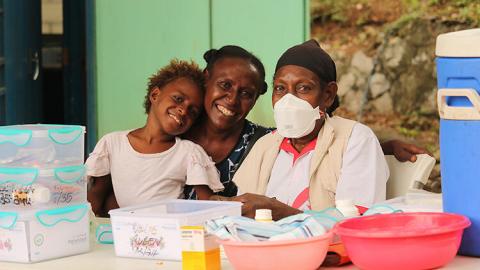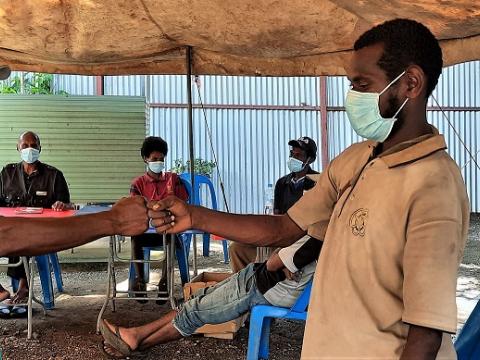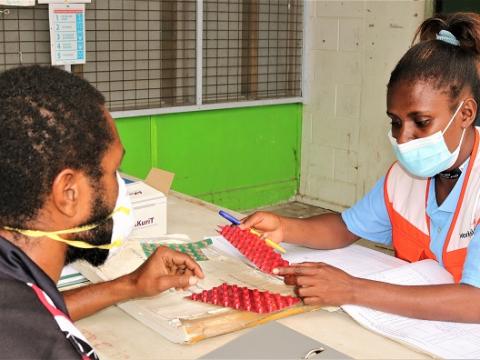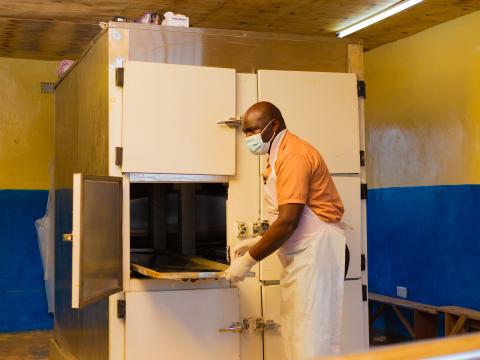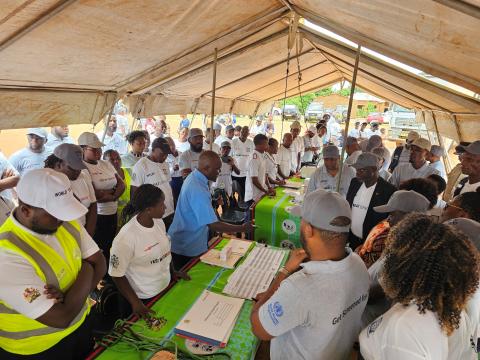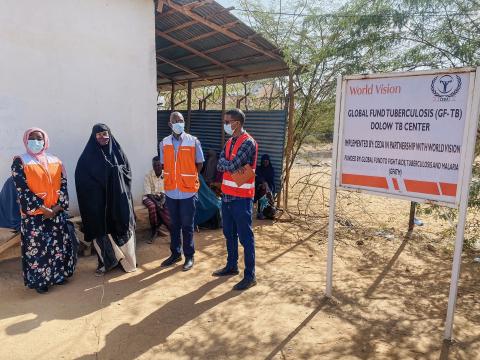
Tuberculosis
Tuberculosis (TB) is one of the world's leading infectious disease killers. TB is spread from person to person through coughing and sneezing – one person with active, untreated TB can spread the disease to as many as 15 other people in a year. In 2023, TB claimed 1.25 million lives, including 161,000 people living with HIV, regaining its position as the world's leading cause of death from a single infectious agent. Despite affecting 10.8 million people worldwide, including 6 million men, 3.6 million women, and 1.3 million children, TB remains curable and preventable, emphasising the need for continued efforts in prevention, diagnosis, and treatment. (WHO). As part of the global effort to achieve the SDG 3 target of ending the epidemics of HIV/AIDS, TB, and malaria, World Vision staff are committed to identifying and treating TB in communities where we work.
The challenge is, of course, far too large for any one organisation. This is why we carry out our work in close partnership with governments, funding agencies, other non-governmental organisations, the World Health Organization, and local communities.
Projects focus on community systems strengthening using an advocacy and social mobilisation approach to increase case-finding, diagnosis and enrollment in the WHO-recommended tuberculosis control strategy, DOTS (Directly Observed Treatment, Short-course). World Vision also promotes counselling training for social workers, psychologists, doctors, technicians and community health workers.
